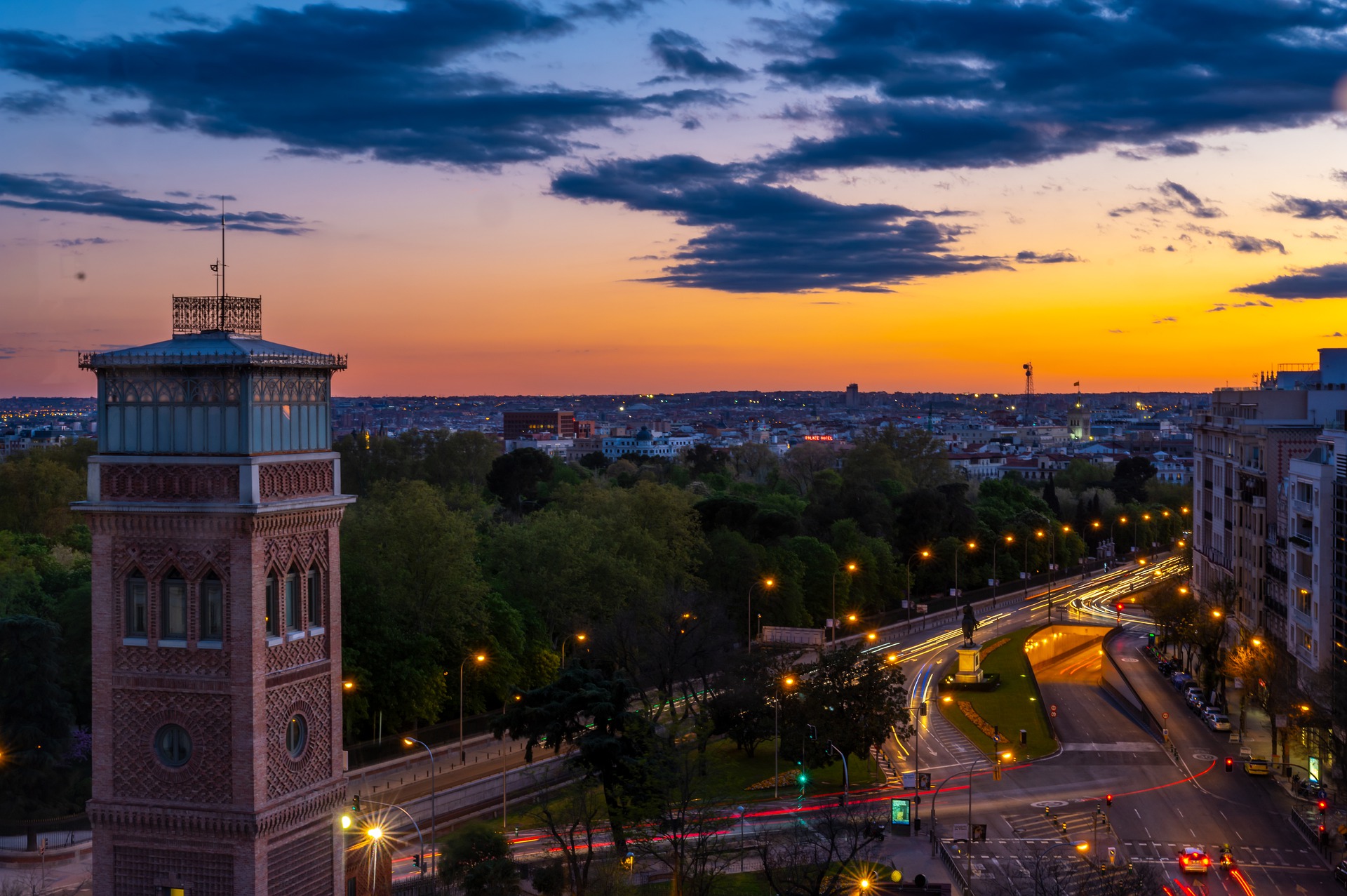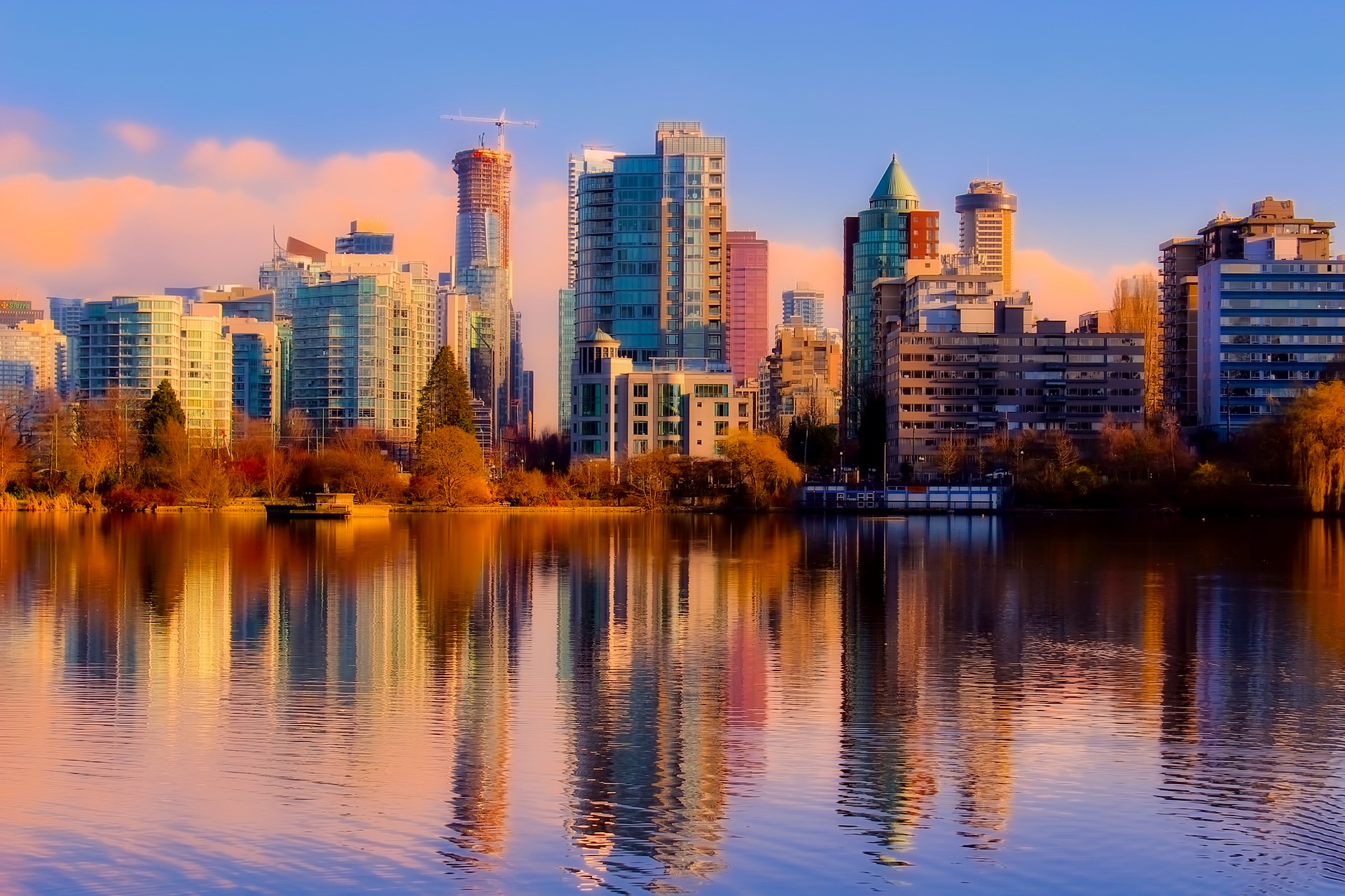
AUSTRALIA
Canberra
Introducing AUSTRALIA
Currency
Dollars
Languages
English
Time Zone
27/07/24
04:56 PM
Oceania, the continent between the Indian Ocean and the South Pacific Ocean
total: 7,741,220 sq km land: 7,682,300 sq km water: 58,920 sq km
generally arid to semiarid; temperate in south and east; tropical in north
26,141,369 (2022 est.)
Australia
has few restrictions on the import of products and services and is an open
market. Opening up has boosted GDP, improved productivity, and made the economy
more adaptable and dynamic. Australian participation in the WTO, APEC, G20 and
other trade organizations is active. In addition to already-existing FTAs with
the US, Malaysia, New Zealand, Singapore, Thailand, the Republic of Korea, and
the US, as well as a regional FTA with ASEAN and New Zealand, Australia's free
trade agreement (FTA) with China went into effect in 2015. Australia is still
negotiating bilateral agreements with Indonesia as well as bigger Pacific and
Gulf Cooperation Council accords as well as an Asia-wide Regional Comprehensive
Economic Partnership that includes all 10 ASEAN nations as well as China,
Japan, Korea, New Zealand, and India. Australia exports a lot of energy, food,
and natural resources. High levels of foreign investment are attracted by
Australia's diverse and rich natural resources, which include significant
quantities of coal, iron, copper, gold, natural gas, uranium, and renewable
energy sources. The resources industry will grow dramatically as a result of
numerous large investments, such as the US$40 billion Gorgon Liquid Natural Gas
Project. Up until 2017, Australia had benefited from a sharp increase in its
terms of trade for nearly 20 years. The economy had consistent growth, low
unemployment, controlled inflation, extremely low levels of state debt, and a
robust and stable financial system as export prices rose more quickly than
import prices. Australia came into 2018 with several growth restrictions,
primarily brought on by the significant decline in the price of major export
commodities globally. Sharp declines in export prices have affected growth, and
there is a slower-than-expected increase in demand for resources and energy
coming from Asia, particularly China.
Australian
English 36.1%, Australian 33.5%, Irish 11.0%, Scottish 9.3%, Chinese 5.6%, Italian 4.6%, German 4.5%, Aboriginal and Torres Strait Islander 2.8%, Indian 2.8%, Greek 1.8%, Dutch 1.6%
5.16% (2019 est.) 5.29% (2018 est.) country comparison to the world: 83
English 72.7%, Mandarin 2.5%, Arabic 1.4%, Cantonese 1.2%, Vietnamese 1.2%, Italian 1.2%, Greek 1%, other 14.8%, unspecified 6.5% (2016 est.)
Protestant 23.1% (Anglican 13.3%, Uniting Church 3.7%, Presbyterian and Reformed 2.3%, Baptist 1.5%, Pentecostal 1.1%, Lutheran .7%, other Protestant .5%), Roman Catholic 22.6%, other Christian 4.2%, Muslim 2.6%, Buddhist 2.4%, Orthodox 2.3% (Eastern Orthodox 2.1%, Oriental Orthodox .2%), Hindu 1.9%, other 1.3%, none 30.1%, unspecified 9.6% (2016 est.)
0-14 years: 18.72% (male 2,457,418/female 2,309,706) 15-24 years: 12.89% (male 1,710,253/female 1,572,794) 25-54 years: 41.15% (male 5,224,840/female 5,255,041) 55-64 years: 11.35% (male 1,395,844/female 1,495,806) 65 years and over: 15.88% (2020 est.) (male 1,866,761/female 2,177,996)
Cyclones along the coast; severe droughts; forest fires
$1,250,900,000,000 (2020 est.) $1,254,480,000,000 (2019 est.) $1,227,940,000,000 (2018 est.) note: data are in 2017 dollars country comparison to the world: 18
1.84% (2019 est.) 2.77% (2018 est.) 2.45% (2017 est.) country comparison to the world: 145
$48,700 (2020 est.) $49,500 (2019 est.) $49,200 (2018 est.) note: data are in 2017 dollars country comparison to the world: 30
$1,390,790,000,000 (2019 est.)






